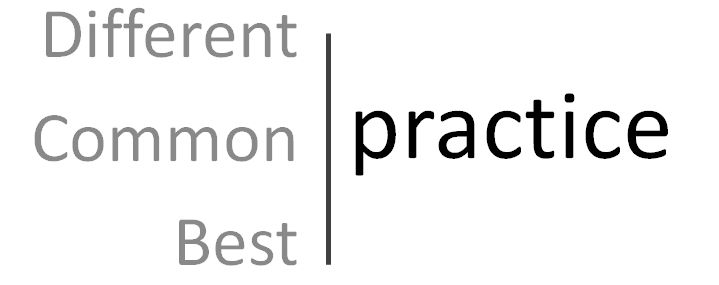
Dies ist der zweite Teil von vier kurzen Blogposts zur University of Oxford:
I Oktober 2011: Einleitung: Zwischen Tradition & Moderne
II Mai 2012: Bewerbung
III Juni 2012: Akademia & Oxonians
IV Juli 2012: Oxford & Islam
// Vielfalt
Fast alles, was man sich vorstellen kann, wird hier irgendwo gelehrt und erforscht. Die Universität ist eine dezentrale Institution komplexer, teils unübersichtlicher Vielfalt. Mit dem Thema Klimaschutz, zum Beispiel, befassen sich Akademiker in den Fakultäten der Biologie, Chemie, Geographie, VWL, BWL und noch einigen anderen. Eine intensive und breitgestreute Suche nach Kursen, Betreuern und offenen Stellen lohnt sich also.
Die Kurse:
http://www.ox.ac.uk/admissions/undergraduate_courses/courses/index.html &
http://www.ox.ac.uk/admissions/postgraduate_courses/course_guide/courses_az.html
Die 4 Divisions:
http://www.ox.ac.uk/divisions/index.html
// Das College
Beworben wird sich im Undergraduate-Bereich direkt bei einem College via UCAS, im postgraduate Bereich an der Fakultät. Im letzteren Fall kann man sich nach Zusage für ein College bewerben. Viele Bachelorstudierende haben ihre Tutorien an den jeweiligen Colleges, die miteinander zu einem gewissen Grade konkurrieren (siehe Norrington Table). Die einzelnen Colleges haben ihre eigene Kultur, Unterkünfte, Stipendien und bilden eine eigene Gemeinschaft mit vielen Traditionen und Aktivitäten. Daher ist es ratsam, sich mit den unterschiedlichen Colleges vertraut zu machen. Bekannte Colleges sind z.B. Balliol, Christ Church, Merton, Magdalen und St John’s. Letztendlich hat jedes College seinen eigenen, besonderen Charakter. Einige Colleges, genauer Green Templeton, Kellogg, Linacre, Nuffield, St Antony’s, St Cross und Wolfson, nehmen nur Postgraduate-Studierende auf.
// Stipendien
Es gibt eine Vielzahl von Stipendien von der Universität, den Fakultäten, den Colleges sowie externen Anbietern speziell für Oxford. Für die meisten ist die Deadline Januar oder gar früher, für Undergraduates generell der 15. Oktober. Auch fördern der DAAD sowie deutsche Stiftungen wie die Stiftung der Deutschen Wirtschaft ein einjähriges und zum Teil auch komplettes Auslandsstudium.
Vielfältige, informelle Diskussionen rundum die University of Oxford finden im thestudenroom Forum statt.
Fazit 1: Gibt es nicht, gibt es nicht.
Fazit 2: Doppelt schauen, lohnt sich.
Fazit 3: Entdecke die vielen, zT verborgenen Möglichkeiten (der finanziellen Förderung).
Nachtrag: Das Oxford Interview.


 Dies ist der erste Teil von vier kurzen Blogposts zur University of Oxford:
Dies ist der erste Teil von vier kurzen Blogposts zur University of Oxford: